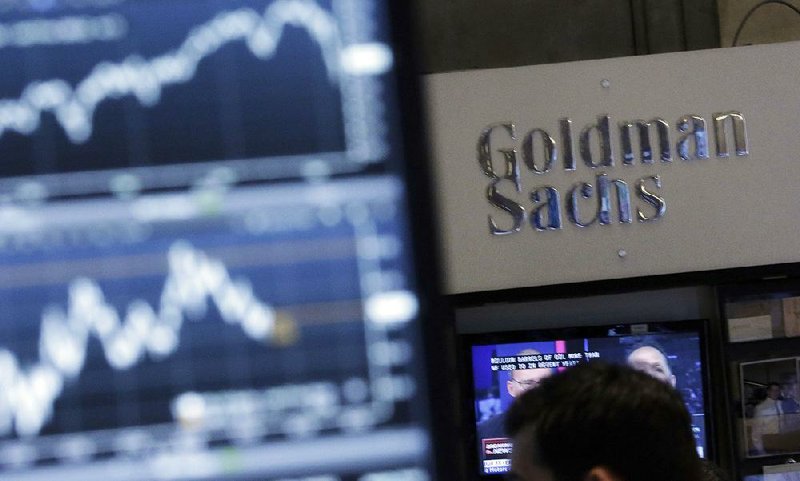Wall Street's best known investment bank is looking to help with bathroom renovations.
Goldman Sachs will start offering home-improvement loans this month, its latest push into the world of consumer lending -- a business the bank has avoided for much of its nearly 150-year history. The bank has offered debt-consolidation loans since late 2016, and for a couple of years it's had an online savings account, both under the brand name Marcus.
The home-improvement loans are structured similarly to the debt-consolidation loans that Goldman already offers. They are nonsecured personal loans with interest rates lower than credit cards but higher than cheaper forms of home financing like home equity lines of credit, commonly referred to as a HELOC. Goldman executives believe the ability to quickly finance up to a $40,000 project without the monthlong process of getting a home-improvement loan will be attractive to consumers.
Goldman has already offered home-improvement loans indirectly. Some Marcus borrowers were putting the cost of pools, hot tubs or other renovations on a credit card and then taking out a loan to pay it off. By offering home-improvement loans directly, Goldman cuts out the middlemen -- the credit-card companies.
"If you look at options for financing a home improvement, you basically have two choices: you can take a HELOC, which is a long cumbersome process, or you can just put it on your credit card, but credit cards are not made for chronic, long-term borrowing," said Harit Talwar, Goldman's head of consumer banking. "We realized that our Marcus loans are well positioned for home improvements."
And because these are nonsecured, Goldman should be able to quickly finance a loan, Talwar said, and a customer won't have to tap into a second mortgage or their home equity in order to finance it.
Goldman executives see consumer lending as a way to expand into previously untouched markets. For most of its history Goldman has been a traditional investment bank, managing wealth for the rich, trading stocks and bonds, and advising companies on mergers, acquisitions or how to go public. But consumer lending is clearly an attractive prospect for the bank. At an investor conference in November, Goldman Sachs Chief Financial Officer Marty Chavez said the average Marcus loan borrower was paying an interest rate of roughly 12 percent.
Marcus is still a very small part of the firm's overall business. The company has originated $2 billion in debt-consolidation loans, compared with the $930 billion in total assets the firm has under management.
Business on 01/13/2018
